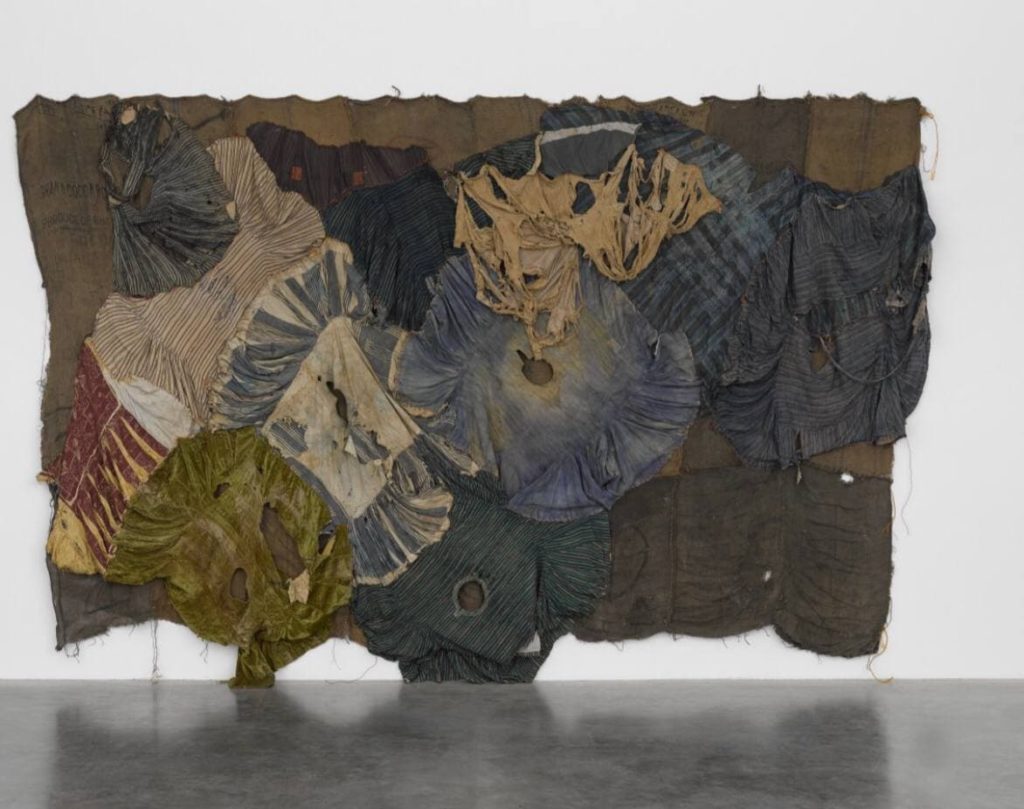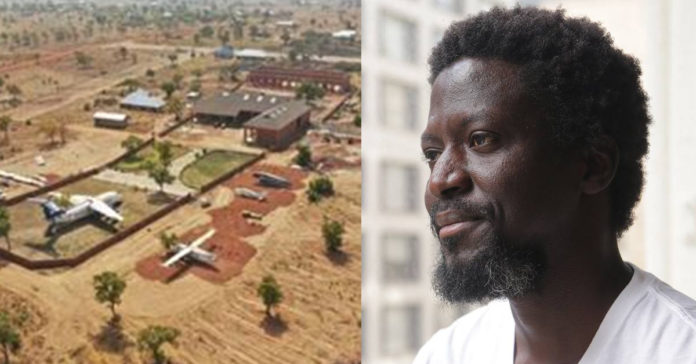$1Million Artwork : Mr Ibrahim Mahama sold his artwork for $1Million and used the money to acquire 6 used-aircrafts for artistic purposes. He converted them into classrooms for kids in Redclay studios, one of his art centers in Ghana.

Redclay Studio is an artistic project space, exhibition and research hub, cultural repository, artists’ residency located in Tamale, Ghana.
It provides opportunity for locals to experience art, be artistes and showcase the evolution of art in Ghana. The institution is dedicated to the exploration of new forms of imaginations. Redclay seeks to expand art and its experiences across society.
All programmes are completely free to the public. It opens to the public and schools for tours and educational programmes( by appointments).

Redclay studio is partnered by SCSSA Tamale ( Savannah Centre for Contemporary Art ), a cultural institution dedicated to retrospectives of modern art and large group exhibitions and Nkrumah Voli-ni.

Ibrahim Mahama uses the transformation of materials to explore themes of commodity, migration, globalisation and economic exchange.
Artwork

Often made in collaboration with others, his large-scale installations employ materials gathered from urban environments, such as remnants of wood, or jute sacks which are stitched together and draped over architectural structures.
Mahama’s interest in material, process and audience first led him to focus on jute sacks that are synonymous with the trade markets of Ghana where he lives and works. Fabricated in South East Asia, the sacks are imported by the Ghana Cocoa Boards to transport cocoa beans and eventually end up as multi-functional objects, used for the transportation of food, charcoal and other commodities.
‘You find different points of aesthetics within the surface of the sacks’ fabric’, Mahama has said. ‘I am interested in how crisis and failure are absorbed into this material with a strong reference to global transaction and how capitalist structures work.’
Source : Whitecube


